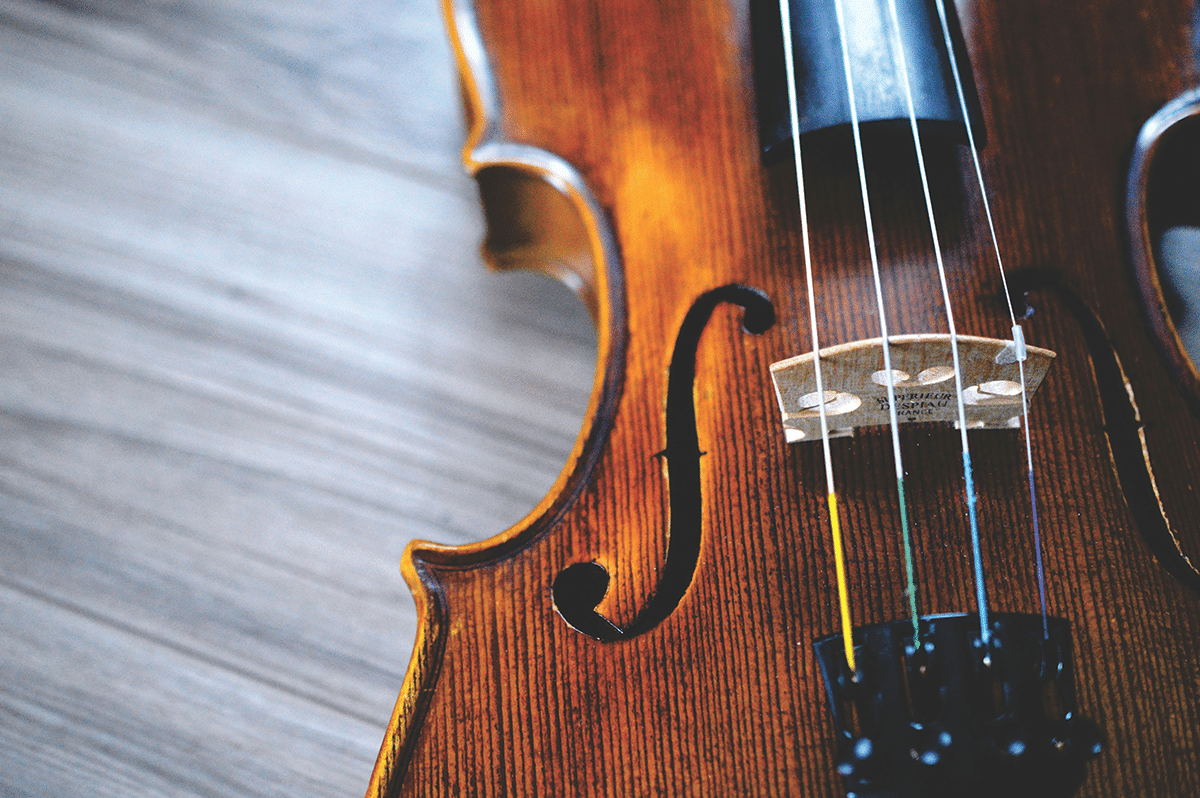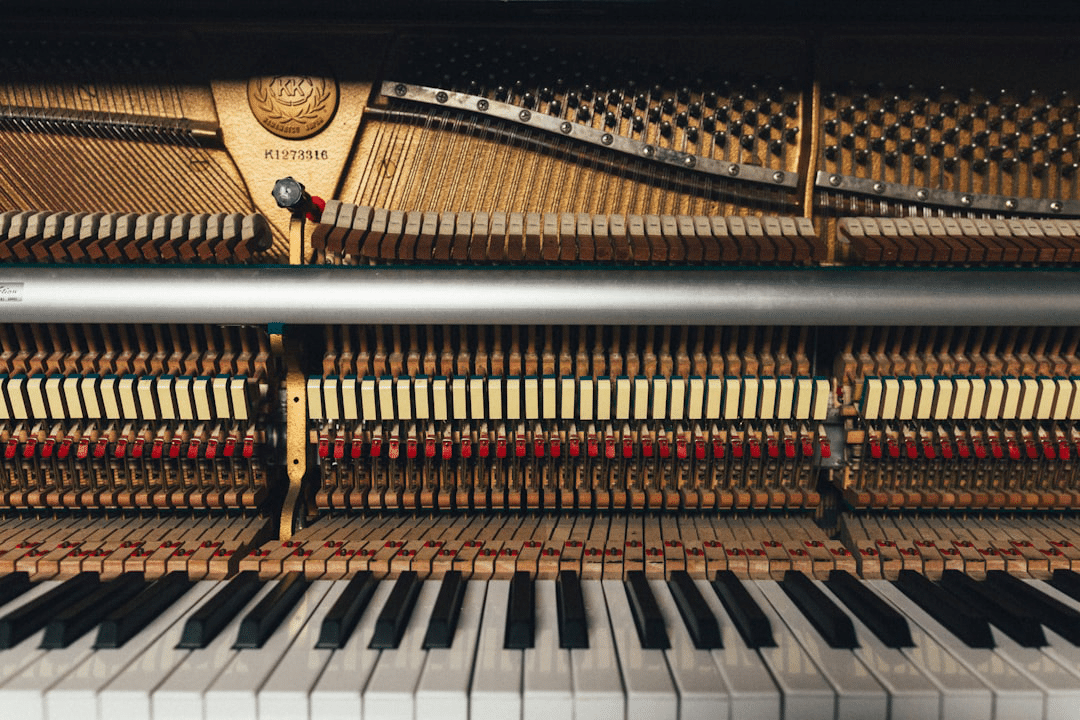“Bohemian Rhapsody” by Queen is more than just a song.
It’s a musical journey that transcends genres, a masterpiece that continues to captivate audiences worldwide.
For pianists, the allure of this iconic piece is undeniable. The complex structure, the blend of rock and opera, the emotional depth – it’s a challenge that beckons to be conquered.
This article is a comprehensive guide to the piano sheet music for “Bohemian Rhapsody”. It aims to provide insights into the intricacies of the score, tips for mastering the piece, and resources for obtaining the sheet music.
Whether you’re an intermediate player, a music student, or a Queen fan eager to delve into the musical world of Freddie Mercury, this guide is for you.
Embark on this musical journey with us, and discover the joy of playing “Bohemian Rhapsody” on the piano.
The Legacy of Queen's "Bohemian Rhapsody"
“Bohemian Rhapsody” is a testament to the genius of Queen and their frontman, Freddie Mercury. Released in 1975, the song broke the mold of conventional songwriting with its unique structure and blend of musical styles.

The song’s enduring popularity is evident in its continued presence in popular culture. From movie soundtracks to talent show performances, “Bohemian Rhapsody” remains a beloved classic.
For pianists, the song offers a rich tapestry of musical elements to explore. From the poignant ballad section to the operatic passage, each part of the song presents a unique challenge.
The legacy of “Bohemian Rhapsody” is not just in its commercial success, but in its ability to inspire musicians to push their boundaries and create something extraordinary.
Understanding the Complex Structure of "Bohemian Rhapsody"
“Bohemian Rhapsody” is a musical journey that defies traditional song structure. It is a composition that seamlessly blends rock, ballad, and opera into a six-minute masterpiece.
The song begins with an a cappella introduction, setting a dramatic tone. This leads into a tender piano ballad, showcasing Mercury’s songwriting prowess and piano skills.
The middle section of the song is a theatrical operatic passage. It’s a daring departure from the norm, filled with layered vocals and dramatic lyrics.
Following the opera section, the song transitions into a hard rock part. This section features a memorable guitar solo by Brian May.
The song concludes with a reflective outro, bringing the listener full circle. The final line, “Any way the wind blows,” echoes the song’s opening, creating a sense of closure.
Understanding this complex structure is key to interpreting the piano sheet music for “Bohemian Rhapsody.” It’s a piece that requires not just technical skill, but also a deep understanding of its unique composition.
Finding the Right Sheet Music for Your Skill Level
The piano sheet music for “Bohemian Rhapsody” comes in various arrangements. These cater to different skill levels, from beginner to advanced.
For beginners, simplified versions are available. These often focus on the main melody and chords, providing a manageable introduction to the piece.
Intermediate and advanced arrangements offer more complexity. They capture the nuances of the original recording, including the intricate vocal harmonies and instrumental parts.
When choosing sheet music, consider the following factors:
- Your current skill level
- Your familiarity with the song
- Your understanding of musical notation
- Your ability to handle tempo changes and dynamic variations
Selecting the right sheet music will ensure a rewarding learning experience.
The Intricacies of "Bohemian Rhapsody" Piano Transcription
Transcribing Bohemian Rhapsody Sheet Music for piano is no small feat. The song’s complex structure and diverse musical styles present unique challenges.
The piano transcription must capture the essence of the original recording. This includes the rock, ballad, and opera elements, as well as the iconic guitar solo.
Authentic transcriptions aim to replicate the original as closely as possible. They often include the vocal melodies, making them a comprehensive musical representation of the song.
Understanding these intricacies can enhance your interpretation of the sheet music. It can also deepen your appreciation for this remarkable piece.
Tips for Mastering the Piano Sheet Music
Mastering “Bohemian Rhapsody” on piano requires consistent practice and a good understanding of the music. Start by familiarizing yourself with the song’s structure and key changes.
Focus on one section at a time. This allows you to gradually build your skills and confidence.
Pay attention to the tempo changes and dynamic variations. These are crucial for capturing the song’s dramatic shifts in mood and style.
Don’t rush the learning process. Take your time to understand and interpret the music accurately.
Remember, the goal is not just to play the notes correctly. It’s about conveying the emotion and energy of the song through your performance.
Finally, don’t forget to enjoy the process. After all, playing music should be a joyous experience.

Legal Considerations: Free vs. Paid Sheet Music
When searching for piano sheet music for “Bohemian Rhapsody,” you’ll find both free and paid options. It’s important to consider the legality and quality of the sources.
Free sheet music can be tempting, but it often lacks the accuracy and detail of official scores. Moreover, distributing copyrighted music without permission is illegal.
Purchasing official sheet music not only ensures you’re getting a high-quality transcription, but it also supports the artists and publishers who create and distribute the music.
The Emotional and Technical Expression in Performance
Performing “Bohemian Rhapsody” on the piano requires both technical proficiency and emotional expression. The song’s diverse sections each carry a unique mood that must be conveyed through your playing.
The technical demands of the piece, such as the fast arpeggios and dynamic changes, require careful practice and attention to detail. However, technical accuracy alone won’t capture the spirit of the song.
Emotional expression is equally important. Understanding the song’s lyrical content and the emotions it evokes can guide your interpretation. Remember, music is a language of emotion, and “Bohemian Rhapsody” speaks volumes.
Lastly, don’t forget to enjoy the process. The satisfaction of mastering this iconic piece is well worth the effort.
Resources for Obtaining "Bohemian Rhapsody" Sheet Music
Finding the right sheet music for “Bohemian Rhapsody” can be a challenge, given the song’s popularity and complexity. However, there are several reliable sources where you can find both free and paid versions of the sheet music.
Here are a few recommended resources:
- SheetMusicTime.com: Offers a variety of arrangements for different skill levels.
- Music-Store-Download.com: Provides official, licensed sheet music.
Remember, it’s important to respect copyright laws when obtaining sheet music. Always opt for legal sources.
The Impact of "Bohemian Rhapsody" on Piano Music and Culture
“Bohemian Rhapsody” has left an indelible mark on piano music and popular culture. Its unique blend of rock, opera, and balladry has inspired countless piano transcriptions and performances.
The song’s complexity and emotional depth offer pianists a rich canvas for interpretation. It challenges them to convey the song’s dramatic shifts and nuances on a single instrument.
Moreover, “Bohemian Rhapsody” has transcended cultural and linguistic barriers. Its piano sheet music is sought after by musicians worldwide, attesting to its universal appeal.
In essence, “Bohemian Rhapsody” continues to influence piano music, pushing the boundaries of what can be achieved on the keys.
Conclusion: Embracing the Challenge of "Bohemian Rhapsody"
Mastering the piano sheet music for “Bohemian Rhapsody” is no small feat. It requires dedication, technical prowess, and a deep understanding of the song’s intricate structure and emotional landscape.
Yet, the rewards are immense. Not only does it enhance your piano skills, but it also allows you to connect with the song on a deeper level. You become part of its rich history and ongoing legacy.
So, embrace the challenge. Start your journey with “Bohemian Rhapsody” and discover the joy and satisfaction of bringing this iconic piece to life on the piano.
Remember, every great pianist started somewhere. Why not start with “Bohemian Rhapsody”?
